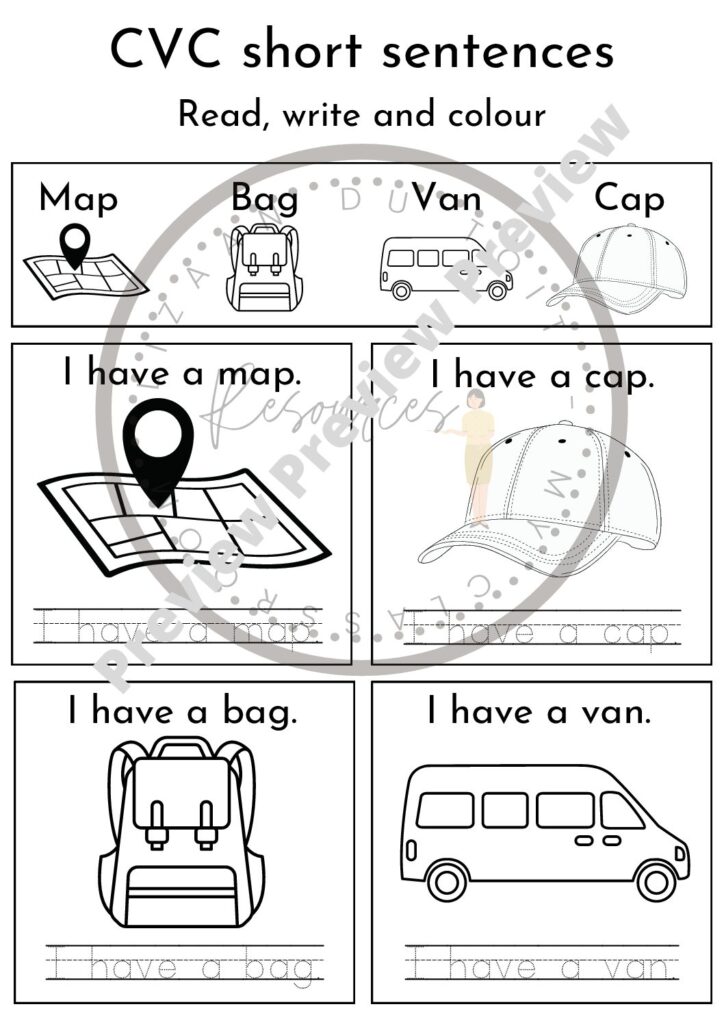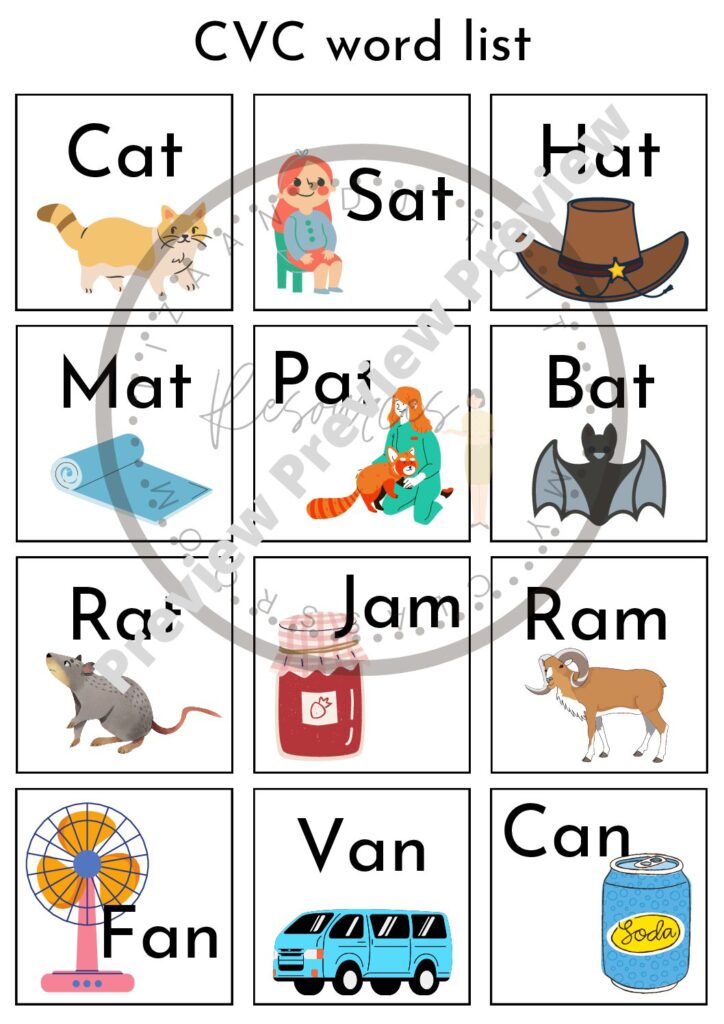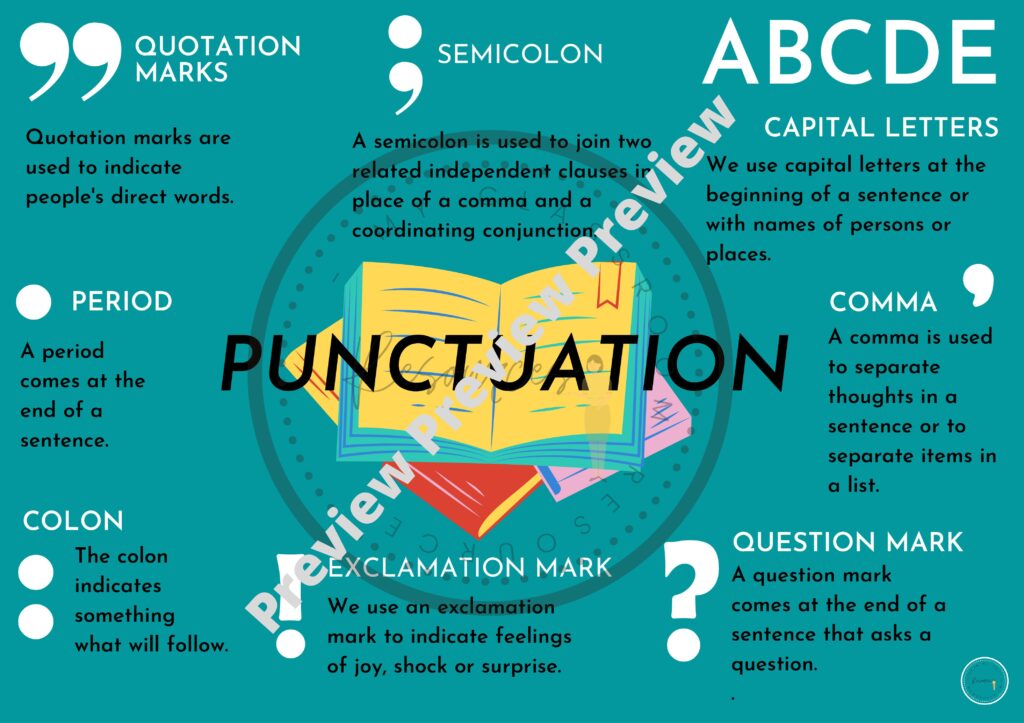by Lizaan du Toit | My Classroom Resources
A teacher-parent perspective on post-pandemic education
The last few years have been difficult for everyone, and a lot has been said about all the social and emotional damage that COVID-19 has left behind, but we aren’t speaking enough about the gap it has left in our education system.
As a mother and educator, I have noticed that the “homeschooling” that we all had to endure during COVID has had a few less than favourable effects on my eldest son. I have spoken to many friends, family members, and colleagues about this issue. They all agree that their children are also falling behind. Scores on report cards have been lower than usual, and concern is rising over what educational damage this virus has done to our children.
Teachers and educational staff have worked tirelessly throughout the pandemic and after to ensure that the students received a good education. But unfortunately, these students are coming home with lower grades than usual.
Why is this happening?
Is this just the result of progressing to the next grade? Is the work more advanced? Or could this also be one of the side effects of the pandemic?
According to a news article on News24 by Tebogo Monama, posted on January 20, there was a definite decline in the pass rates of our matric students during the pandemic. Although it is slowly increasing, the increase is minuscule.
“Basic Education Minister Angie Motshekga has announced that the 2021 matric pass rate is 76.4%. This is an improvement from the 2020 pass rate of 76.2%. The 2019 pass rate was 81.3%, and those candidates were the last to write exams before the COVID-19 pandemic hit. “
Another article published on the UNICEF website back in July 2021 reports that learners in South Africa could be up to one year behind in their learning and that about 500 000 learners have dropped out of school altogether.
We all agree that working from home, being a teacher, nurse, cleaner, and caregiver, was hard on all of us as parents, but what about our kids?
Not all parents were able to be home to assist with learning.
Not all children have access to the internet for online learning.
Not all children can understand all the work on their own.
Some parents needed the skills or correct knowledge to explain the worksheets or homework to the children.
My family and friends also mentioned how they have had to take care of homework more than ever while the kids were at home during the pandemic. Many children don’t like asking questions, meaning they struggle alone and don’t get the help they need. Many parents had to work from home and were distracted by their work tasks. That contributed to children feeling lost and confused with the work and left parents blaming teachers for not doing their jobs properly.
And then, after children were finally settling into the homeschooling environment, the schools opened again. They had to readjust back to school life. First, into the staggered, one-day school, one day off routine, and then back to a regular school week.
But can we blame the teachers?
We were all thrown into the deep end. Teachers did their best with what they had. We must remember that online or remote teaching was not part of their job training. It was a learning curve for all involved. Having worked both in a physical education environment as well as an online teaching environment, I know how hard it is to transition. I went from being a kindergarten teacher to working as an online English teacher. It took me months to adjust and find my rhythm. Even now, eight-plus years in, I still need help with some students for whom this form of education is just ineffective.
Placing blame isn’t helpful, so how can we help?
Instead of focusing on who is to blame, we should focus on what we can do to help. We as parents and educators need to acknowledge that children are resilient and will bounce back, but in this case, they need a little extra help. Our curriculum does not accommodate homeschooling, and we need to provide kids with additional resources and activities to help fill the gap.
Help our children practice skills authentically.
For example, my son has difficulties with Afrikaans orals and prepared readings. Why? Because we never use the language at home. (Even though I am Afrikaans, I married an English man.) One way to help as parents would be to incorporate more Afrikaans conversations at home to promote better pronunciation and fluency.
Work on time-management skills
Children might be experiencing difficulties with time management due to the extended time at home, where they do not need to meet as many deadlines or complete tasks in a set timeframe as they would in class. Another problem highlighted during my discussions was that children are not finishing assignments on time or not completing classwork during class time. The result – more homework is being sent home. The opposite here is also true, where children are not spending enough time completing projects, tasks or tests or rushing to get work done to play or lounge around. Here we can help by providing them with more time-sensitive activities to help promote better time management skills. For example, parents can set timers for projects to be completed. Playing games with time management elements is another method we can use in classrooms or at home.
Where appropriate, practice skills at home.
Although we also don’t want to burden children with unnecessary homework, it might be safe to say that many children need the extra practice that additional classes or workbooks can offer them. Many children have fallen behind and are not on the same level as their peers. Teachers can only do so much to assist students as they have 30+ students in a class. Asking the teacher or school if they offer some remedial groups can help students greatly. Another method would be to give extra workbooks or worksheets at home. Focus on subjects that are difficult for your child and set aside more time to go over homework or assignments to ensure children fully comprehend what they are learning.
Teaching our kids differs from teaching someone else’s kids. We often push them too hard or need to push them harder. (Depending on your parenting style)
Help is available!
Post-COVID, realising my son had fallen behind, I needed extra worksheets and activities during the pandemic to help with his learning but couldn’t find what I needed online. So I decided to make my own. As a mom with three kids at home, I needed resources that would make it easier for them to learn as well as easier for me to teach them. Thus, My Classroom Resources was born. I realised that it wasn’t only my children struggling. Others were too. The goal is to create resources to help children, parents, and teachers fill the gap.
It is the responsibility of both the parents and teachers to assist and help children get back to where they should be. It doesn’t always have to be large or dramatic actions that make a difference, but small changes can have a significant impact.
You can check out some of the most popular resources in my collection.
Some favourites






